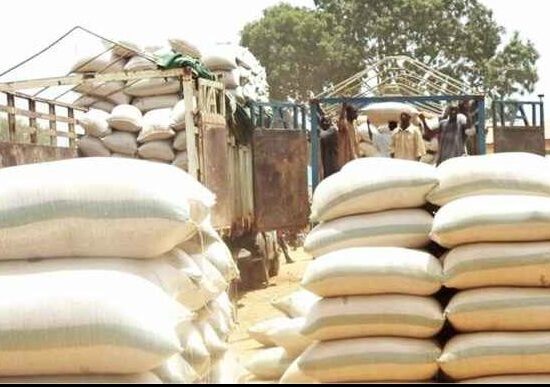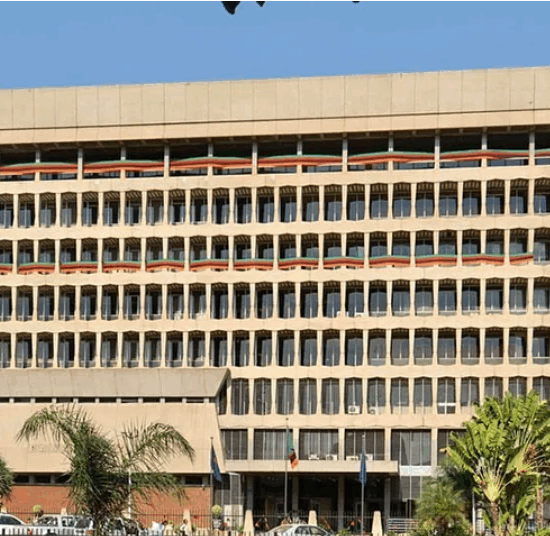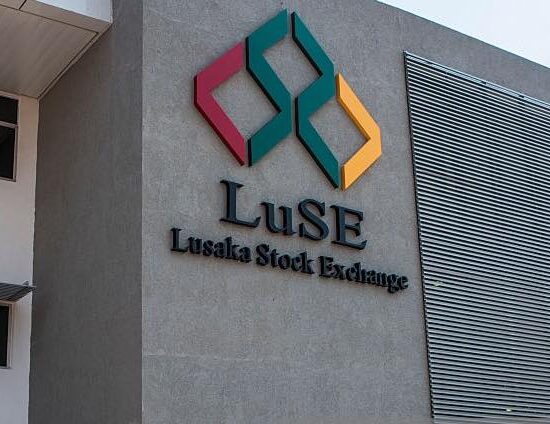
Zambia has continued to record trade surplus month on month with May recording a trade surplus of K501million (about US$40 million). This figure is however a decreased by 17% from a surplus of K603.6 million recorded in April 2019 to K501.1 million in May 2019.
This trade surplus means that the country exported more than it imported in nominal terms. Imports increased by 14.5% from K7,174.4 million in April 2019 to K8,215.4 million in May 2019, this increase is mainly attributed to the raw materials imports which increased by 36.0% in May 2019.
Exports increased by 12.1 percent from K7,778.0 million in April 2019 to K8,716.5 Million in May 2019 and the increase in the value of exports is mainly attributed to the increase in export earnings from intermediate and consumer goods by 10.3 percent and 37.7 percent respectively. Therefore, the net effect of these dynamics in trade was the reduction in the trade surplus.
Meanwhile, the year on year quarterly growth rates at constant 2010 prices shows that the economy grew by 2.6 percent in the first quarter of 2019 compared to 2.7 percent in the first quarter of 2018.
The Wholesale & Retail industry contributed the highest growth to the economy in the first quarter followed by the Information & Communication and Public Administration & Defense Industries with 0.9, 0.8 and 0.6 percentage points respectively.
The industries with the highest growth rates were Information & Communication (30%), Financial & Insurance (12%) and Public Administration & Defense (11%).
The report further showed that Zambia’s Gross Domestic Product – GDP at current prices in the first quarter of 2019 has recorded a growth and was estimated at K 69,648.7 million compared to K 60,741.9 million recorded in the same period of 2018.
A trade surplus is essential to the growth of national reserves which have recently shown a downward trend for US$ held assets by the central bank. Zambia currently practices a free market economy which has minimal to no controls for foreign currency externalization.







